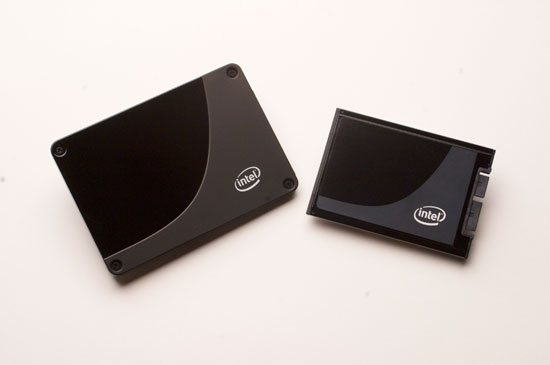Mr. Smith
New member
Really interesting and insightful read (17 pages; how they work, MLC's cache etc, etc) here is a teaser...

Link

The closer we got to release and the more time I spent with competing products, the more I realized that Intel's biggest launch of 2008 wasn't going to be Nehalem - it was going to be its SSDs. If Intel could price them right, and if Intel could deliver on the performance, the biggest upgrade you could do for your PC - whether desktop or notebook, wouldn't be to

 in a faster CPU, it would be to migrate to one of these SSDs. Combine Nehalem and one of these mythical SSDs and you were in for a treat. But that was a big if...Intel still had to deliver.
in a faster CPU, it would be to migrate to one of these SSDs. Combine Nehalem and one of these mythical SSDs and you were in for a treat. But that was a big if...Intel still had to deliver.
...
Honestly, within 6 months I'd expect it to be just as important to have one of these drives in your system, as your boot/application drive, as it was to have Conroe in your system back in 2006
...
Conclusion
At the high level, SSDs are still the key to truly solid performance and this is where the issues with the JMicron based MLC drives are really unfortunate, because it means that the most accessible SSDs on the market can actually deliver a pretty bad user experience. But if you look at what Intel's X25-M and the Samsung SLC drives can deliver, it's really quite good.
As I've mentioned before, the random write issues with JMicron JMF602 based MLC SSDs are simply unacceptable and in my opinion they make the drives unusable for use in any desktop or notebook that you actually care about. Next year we may see a JMicron controller that fixes the problem but until then, I'd consider those drives off limits.
Link
